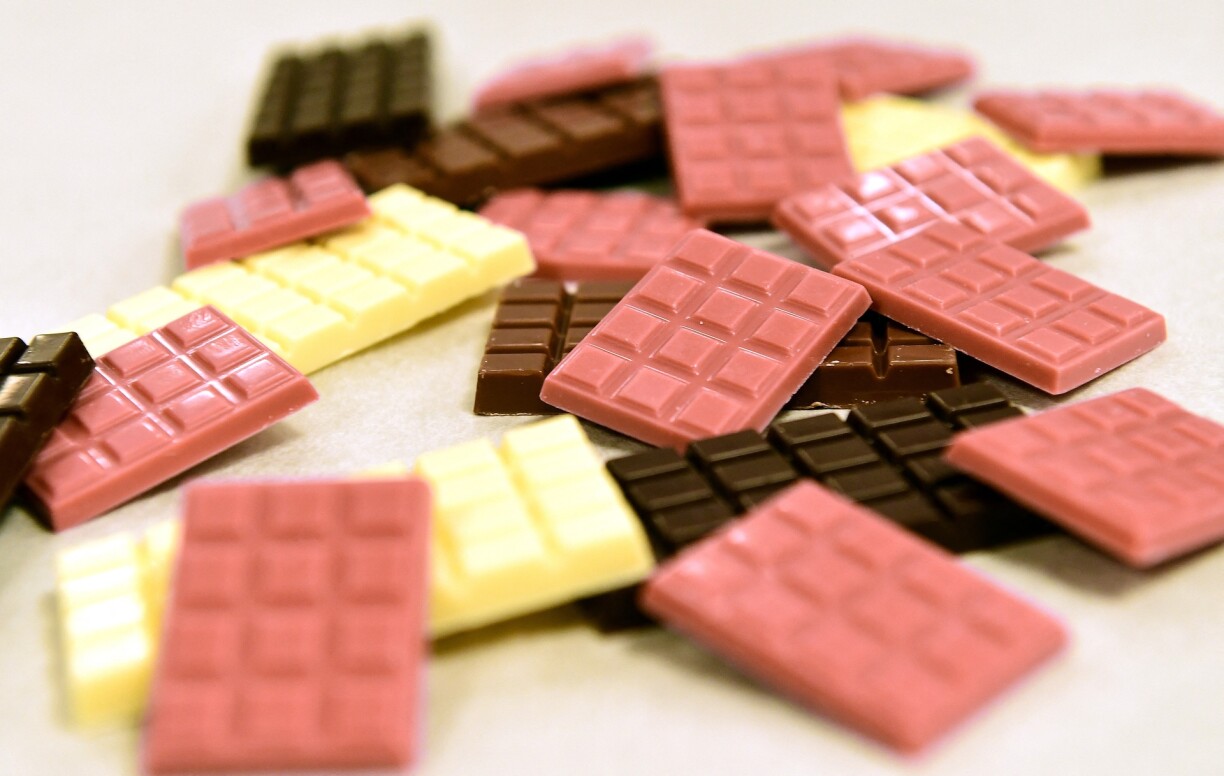
According to the association, eating two Bjorg filled biscuits, a bowl of Chocapic cereal and a cup of Poulain hot chocolate in the same day provides a 10-year-old child with " nearly half the maximum daily dose of cadmium” and could pose a risk to their health.
It is thought at this stage that the dangers are not brand specific, but apply to the cocoa and chocolate industry as a whole.
The toxicological reference value (TRV) of cadmium has been set at “0.35 micrograms (μg) of cadmium per kilogram of body weight per day” by the French Agency for Food, Environmental and Occupational Health Safety (ANSES). The metal could accumulate in the body and expose consumers to an increased risk of cardiovascular illnesses and cancer.
In early June, doctors in France warned of the massive cadmium contamination, primarily amongst women and children in France, via phosphate fertilisers widely used in agriculture. These are mainly found in breakfast cereals, bread and potatoes.
Although the cocoa products mentioned in the UFC-Que Choisir survey comply with the maximum regulatory cadmium content, according to the analysis carried out by an independent laboratory for the association in 2022, the association explained to AFP that consumers can still “exceed the tolerable daily intake by consuming several products containing cadmium in the same day.”
According to the survey, a 50-gramme portion of Bjorg biscuits filled with dark chocolate represents 20% of this toxicological reference value in a child, compared to 8% for an adult. This amount reaches 11% in children and 5% in adults for a 46-gramme portion of Chocapic, or 17% and 7% for 13.5 grammes of Poulain grand aroma intense 70% cocoa chocolate powder.
Bjorg and Carambar&Co, owner of the Poulain brand, confirmed these levels were correct when questioned by the association. Nestlé told AFP that it did not add cadmium but that it could be “present in trace amounts in certain raw materials.”
UFC-Que Choisir said organic chocolate could contain even higher levels of cadmium and suggested purchasing organic chocolate bars made from cocoa beans which are not imported from Latin America, as cadmium is naturally present in certain production areas of the region.
ANSES told AFP at the beginning of June that it planned to publish its ongoing work aimed at assessing human exposure to cadmium at the end of 2025, in order to define an action plan to reduce the exposure of the French population.
The EU brought legislation on cadmium levels in chocolate and other cocoa products into force in 2019.